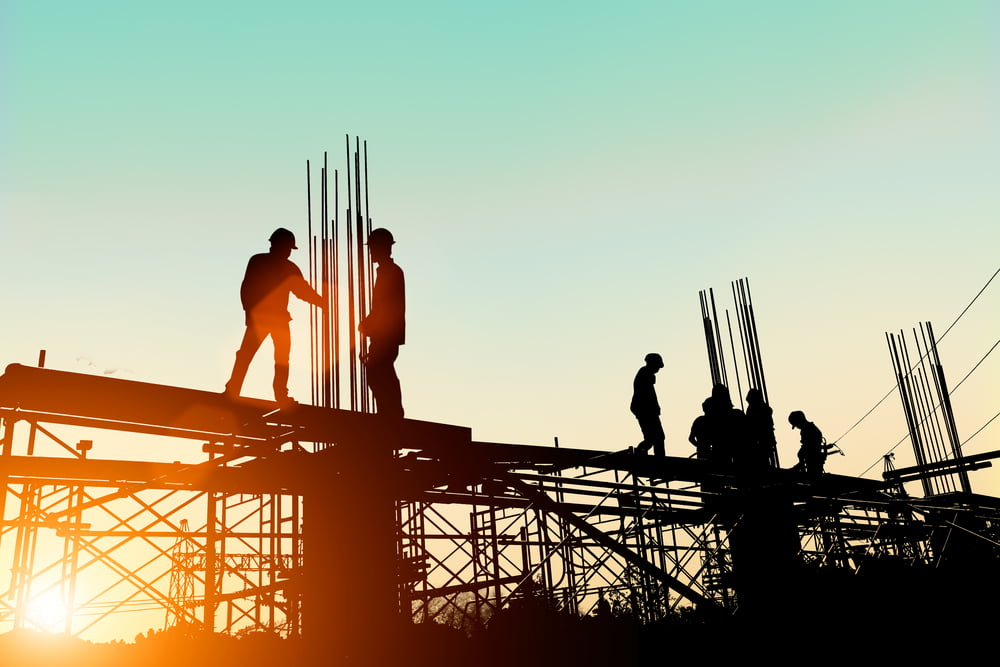
The Australian Institute of Architects has voiced strong opposition to the Federal Coalition’s recent announcement to freeze the National Construction Code (NCC) for 10 years.
This proposal is part of Peter Dutton’s $5 billion plan aimed at constructing 500,000 new homes, with the freeze intended to expedite infrastructure development.
Jane Cassidy, President of the Australian Institute of Architects and a practising architect, expressed significant concern over this decision.
Representing 14,500 members worldwide, Cassidy emphasised the critical role of the NCC in protecting homebuyers and maintaining confidence in home ownership.
“Our profession is dedicated to the ongoing improvement and unified adoption of the NCC by all states and territories in Australia.
This standard is crucial for safeguarding average homebuyers entering into 30-year loans and to preserve the certainty of investment in home ownership,” Cassidy stated.
The NCC, which is revised every three years, sets minimum requirements for all Australian buildings.
The upcoming 2025 revision is set to introduce stronger provisions to address issues such as:
- Condensation and mould prevention
- Leak prevention
- Improved structural resilience against wind, storms, and earthquakes
Cassidy argued that the Coalition’s focus on cost reduction overlooks the long-term benefits of improved building standards.
She cited a 2021 study by the Australian Building Codes Board, which estimated that building defects in 236,000 Australian dwellings in 2022 cost nearly $2 billion.
The Institute also raised concerns about the impact of the freeze on innovation in the construction industry.
Cassidy noted that state and territory governments are promoting modular and offsite buildings for greater efficiency in housing.
However, she emphasised that the NCC needs comprehensive provisions, including three-yearly reviews, to support this innovation and prevent a legacy of faulty homes.
“We understand the challenge of meeting housing quotas, but quantity can’t come at the expense of quality — homeowners and investors need confidence in durable, lasting assets,” Cassidy concluded.
The Australian Institute of Architects’ stance highlights the complex balance between addressing housing shortages and maintaining building quality standards, a debate likely to continue as Australia grapples with its housing challenges.














